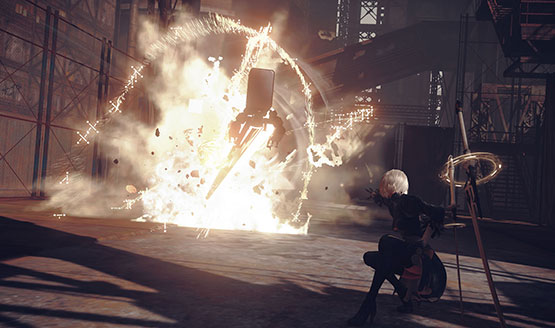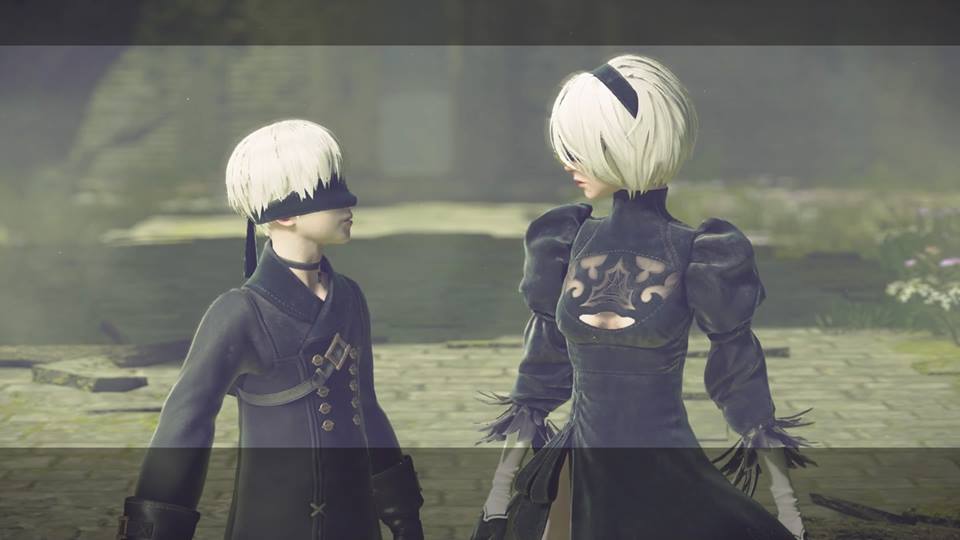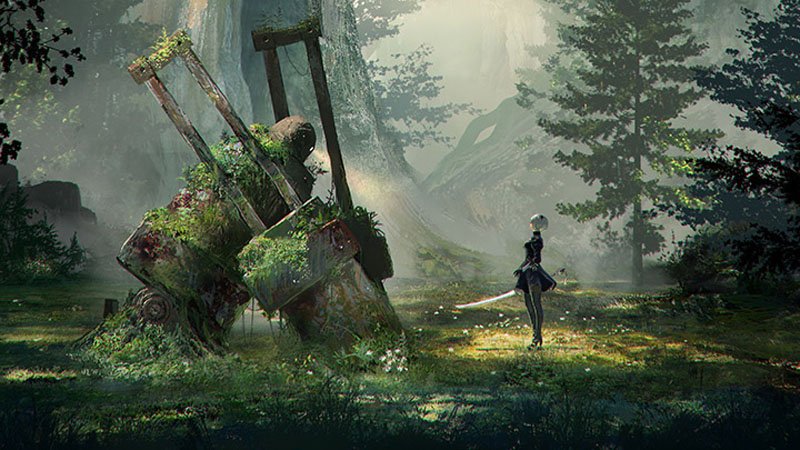
Yoko Taro’s NieR: Automata was one of the most celebrated games of 2017, and quickly established itself as one of the bravest games of our time. It is courageous in the face of contemporary norms, as it seeks to undo some of the things that have unfortunately become staples to games of this generation. In doing so, NieR: Automata becomes an homage to retro gaming, honoring the games which came before it, and what it was that made these games so special.
Although NieR: Automata features gameplay sequences that resemble everything from Space Invaders to Metal Gear Solid, the main way in which it looks back towards the era of retro is by stripping trophies of their significance. As a PlayStation exclusive, the Square Enix title features only the PlayStation rewards system, i.e. trophies. Many of the trophies are earned naturally through story progression, but upon finishing the game, the player is left with a heap of trophies that can only be earned by hours of mundane grinding. Unfortunately, that seems to be the way with the majority of games nowadays—trophy lists are often oriented around asking the player to invest countless hours mindlessly grinding levels and hunting collectibles, as opposed to being constituted of thoughtful rewards for creative play. However, here’s the thing about NieR: Automata: the trophy list is emphatically oriented around grinding in order to subvert the very nature of the grind. It’s supposed to make you think, “Hold on a minute, that isn’t fair.”
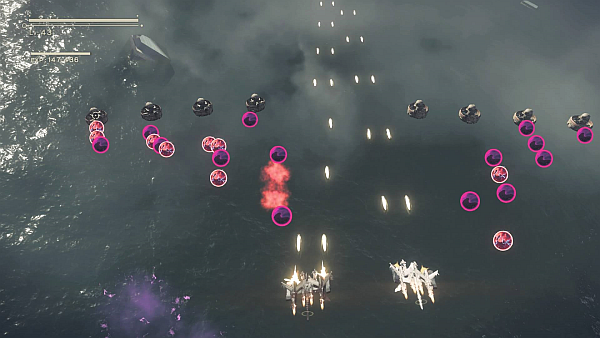
After completing the main story in NieR: Automata, the player is told to visit the Strange Resistance Woman in Anemone’s Resistance Camp. A new dialogue option is available, which reads, “Request unlocking you-know-what.” Considering that the game released last year, it’s pretty much common knowledge now that “you-know-what” is an in-game trophy shop, which sells trophies for in-game currency. It’s also common knowledge that trophies are backed up on the PlayStation itself, as opposed to being attached to the game’s save file. The player can save the game, sell their entire inventory, purchase and unlock every trophy, and then reload their save file, with their entire inventory intact, and a platinum to boot. Considering that many trophy-hunters spent several hours grinding before realizing this, the game essentially takes the liberty to say, “Hey, see all of that grinding you just did? That’s not what games are supposed to be about.” The Platinum doesn’t even feel earned, so there’s little to no sense of gratification for it. It’s just another trophy.
Although everybody would love to get Platinum for their favorite games, trophy-hunting sometimes has the potential to sever the immersion which connects the player to the game, damaging what makes games so special in the first place. If games are to wear their affordance of interactivity with pride, they need to ensure that the interaction they employ is worthwhile. Take a game like Bloodborne, for instance; the trophy list is fair, and it makes perfect sense. While there are some trophies that are earned from completing collections of collectibles, the collectibles themselves are generally found in places that can only be reached by playing the game attentively and creatively, and each collectible adds to the hunter’s in-game arsenal. The rest of the trophies are all earned by defeating bosses, which is the kind of thing a trophy should reward. NieR: Automata, on the other hand, has a trophy list that includes being inactive for an hour, over 15 sets of collectibles, 26 different endings, and a stupid amount of feats which seem—and are designed to be—downright impossible. That’s the point, though; how long will the player spend grinding in their pursuit of that shiny Platinum? How long will they ignore the most interesting aspects of our game for, before realizing that they’re no longer enjoying themselves.
Disclaimer: Power to anyone who achieved the Platinum by manually completing every task attached to a trophy. That takes dedication, and quite a lot of patience; but seriously, the game offers the in-game shop for a reason. It seems as if Yoko Taro decided to make the trophy list as ridiculous as it is, purely because he was going to include an in-game trophy shop anyway. By the time you unlock the shop, you’ve already completed at least three runs of the story, so the time you’ve invested in playing the game to this point seems to hazard enough commitment for the developers to say, “Give that player a brand new Platinum.” They don’t buy into the grind, and their inclusion of it just reinforces that fact, thanks to the trophy shop’s complete subversion of it.

The beauty of this is the realization that, while trophies are nice, they’re an aspect of contemporary gaming that can really damage video games. Gaming for the sake of enjoyment, without consulting a list or a guide every half an hour, is what made people fall in love with video games in the first place. Although cleverly designed trophies can add a lot to a game, ones that involve a lot of grinding can make a player become disillusioned with it, taking away everything special about immersion and interactivity. We have all, at one point or another, held the controller in one hand, half paying attention to a fetch quest, while focusing the other half of our attention on something outside of the game. When you put it like that, you might as well not be playing a video game at all.
NieR: Automata teaches gamers of this generation a valuable lesson. At the end of the day, video games are supposed to provide enjoyment. Video games are supposed to offer an experience. After playing NieR: Automata, players will recognize that what made Yoko Taro’s batshit crazy experiment so fantastic in the first place had nothing to do with trophies or guides. It was amazing because, at every corner, something that could only happen in a video game happened. It was amazing because it was a unique experience that will stay with the player forever. It teaches players to appreciate that video games can do things that no other creative medium can, and it’s this that should be celebrated, as opposed to how many times you can collect 100 thingamajigs.

Nier: Automata Review
-
Nier: Automata Review #1
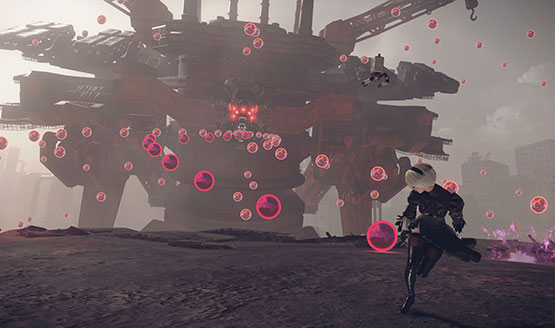
-
Nier: Automata Review #2
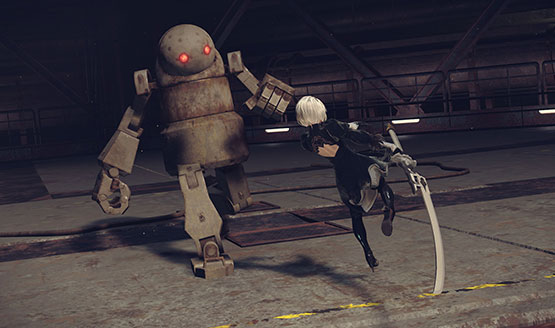
-
Nier: Automata Review #3
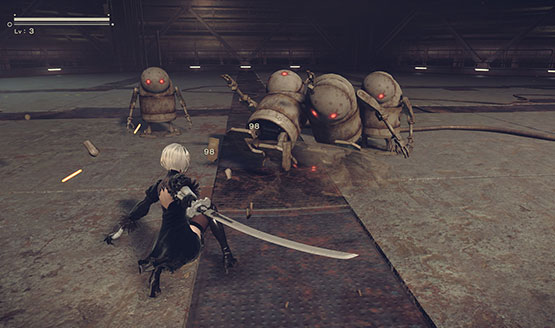
-
Nier: Automata Review #4
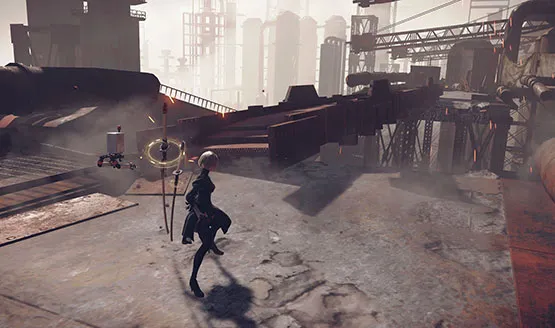
-
Nier: Automata Review #5
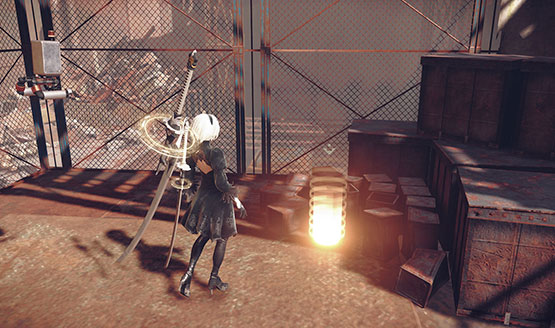
-
Nier: Automata Review #6
